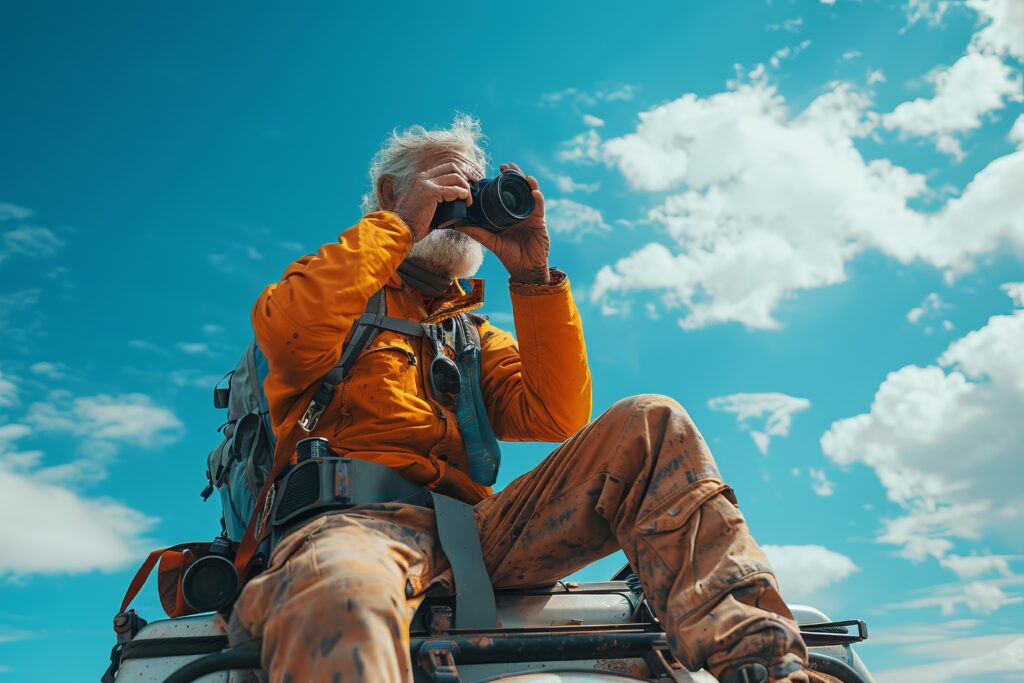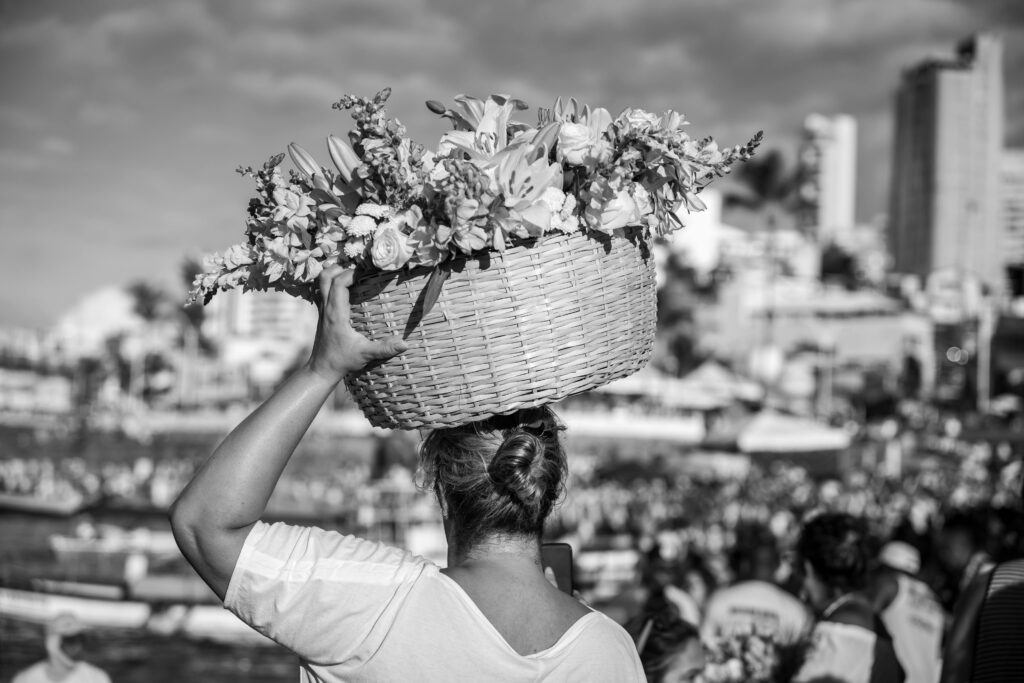Are you looking to improve your photography skills? Don’t know where to start? there’s plenty you can do to give yourself a leg up

but improving your skills takes time, dedication, and lots of practice. Whether you hit the streets with a camera or take a more traditional, academic route to learning. So, we’ve put together some top tips to help you improve your photography skills – perfect for beginners and intermediate artists alike.
Contents
How Can I Improve My Photography Skills?
To become a professional photographer, one must put in hard work, time, and effort.
If you want to know how to develop your photography skills, you must know the history of your craft. You should at least have a fundamental understanding of everything from famous pioneers to modern-day maestros. Not only will this save your blushes in conversations with more advanced artists, but understanding the development of photography is synonymous with becoming an advanced photographer.

Mastering the Art of Photography
Learn your camera

One of the common mistakes people make is not learning the ins and outs of their cameras. Whether you’re shooting with the latest pro-level DSLR or with a cell phone camera you’ll benefit most from exploring all the features and settings of your camera. Take time to read your DSLR or point-and-shoot manuals. And explore various apps and features that will give you more control over your phone’s camera.
Master exposure

The different light settings or different ways to expose a picture. Photography is all about light and it’s even more important than composition. By affecting the light you affect the composition.
Cameras don’t see the world the same way as the human eye. For example, they don’t capture as much information as our eyes do. Once you understand these kinds of limitations, you can learn how to use them to your advantage. When seeing something like a stunning sunset, some people like to say that it won’t look the same in a photo. While I agree with this, I must also point out that you can make it look beautiful nonetheless.
Mastering lights

Photography is all about capturing light, so learn to observe it. Pay attention to the lighting in your environment, shadows, contrasts, and chiaroscuro. A good exercise is to take an object or even a friend and move a light source (such as a torch) around their face. See how the gestures and composition of the image change with each movement of the light. This exercise will help you develop your eye for lighting and help you choose the best light for your photos.
Composition

Photo composition is how a photographer arranges visual elements within their frame. “It’s a pleasing organisation of objects within your rectangle,” says photographer Adam Long. Putting subjects or scenes inside that space may sound easy, yet it’s anything but. Composition in your shots can often be difficult and it’s always important. “Everything can seem perfect: lighting, location, wardrobe, styling, whatever,” says photographer Grace Rivera. “But if your composition is off, that’s a deal breaker.”
Change your angles

Don’t be afraid to move around rather than shoot your subject head-on. You can often produce interesting perspectives this way. Create good depth of field or quirky moods by taking pictures from high, low, or skewed angles. If you have trouble getting the angle you want, a stationary or opposable camera tripod may help
Use prime lenses

Prime lenses are a popular choice among photographers due to their fixed focal length, which can result in a simpler design and often superior optical performance. These lenses generally have a large maximum aperture such as f/1.4, f/1.8, or f/1.2, allowing for better low-light capabilities and achieving a shallow depth of field. This feature can help create stunning portraits with beautifully blurred backgrounds.
Gather information

Inspirational blogs can help you find photography ideas. Just remember while I recommend learning how to recreate someone’s lighting setup, avoid completely copying someone’s image. If you are going to do any type of image recreation, treat it as a personal exercise just for practice. If you’re going to copy someone’s image and post it as your own, I recommend only doing this if it’s a tutorial where that artist permitted you to copy their setup. Make sure you ask, credit, or tag the artist too to avoid any copyright issues.
Create depth

When photographing landscapes, it helps to create a sense of depth, in other words, makes the viewer feel like they are there.
Use a wide-angle lens for a panoramic view and a small aperture of f/16 or smaller to keep the foreground and background sharp. Placing an object or person in the foreground helps give a sense of scale and emphasizes how far away the distance is.
Focus on movements

It’s all well and good taking shots of static subjects, but you won’t improve as a photographer until you master the art of focusing on a moving subject. The degree of difficulty will depend on your camera, but with most autofocus DSLRs, you’ll be able to track your focus by half holding the shutter button. Practice on a family pet, other people, or even wildlife until you’ve got it down to an art!
Practice

It’s important for us as photographers to continually practice our skills as well. Although we may have pressed the shutter button a million times, we need to be sure that we are always “ready for the big game”. Like the Super Bowl quarterbacks, we must keep practicing our skills; whether we are professionals, aspiring professionals, or enthusiasts.
Conclusion
Photography doesn’t only serve to capture fond memories—it’s a way to document history, preserve historical facts, and prevent misinformation. It’s also a way to capture iconic moments in history and convey emotions that can’t be expressed with words. Every event captured in a photograph becomes a treasure passed down through the generations.
contact – varnnam for quality photography work

